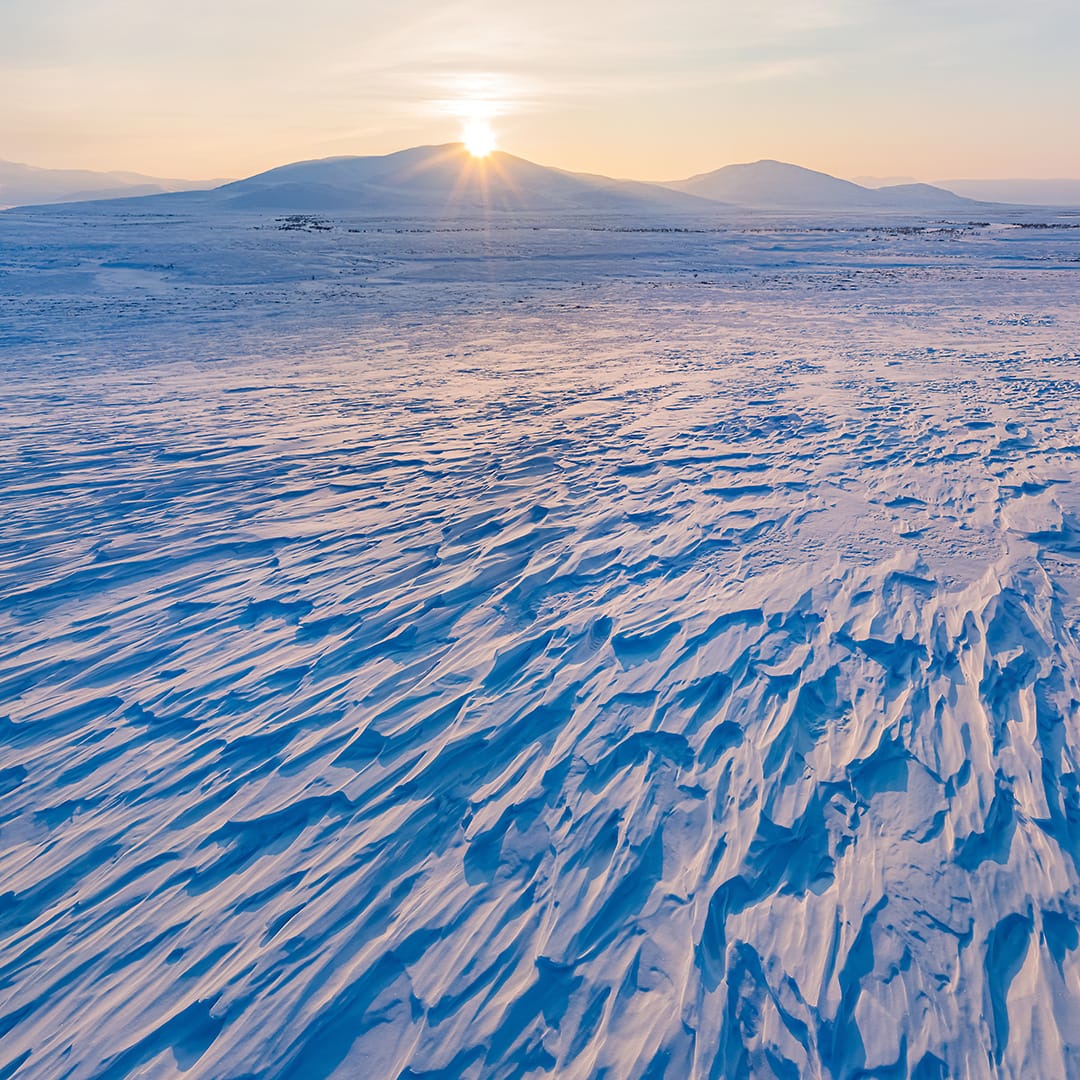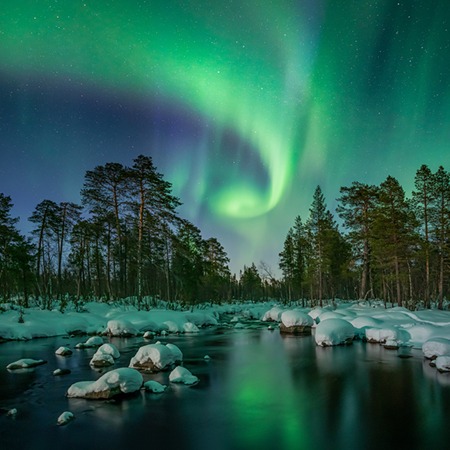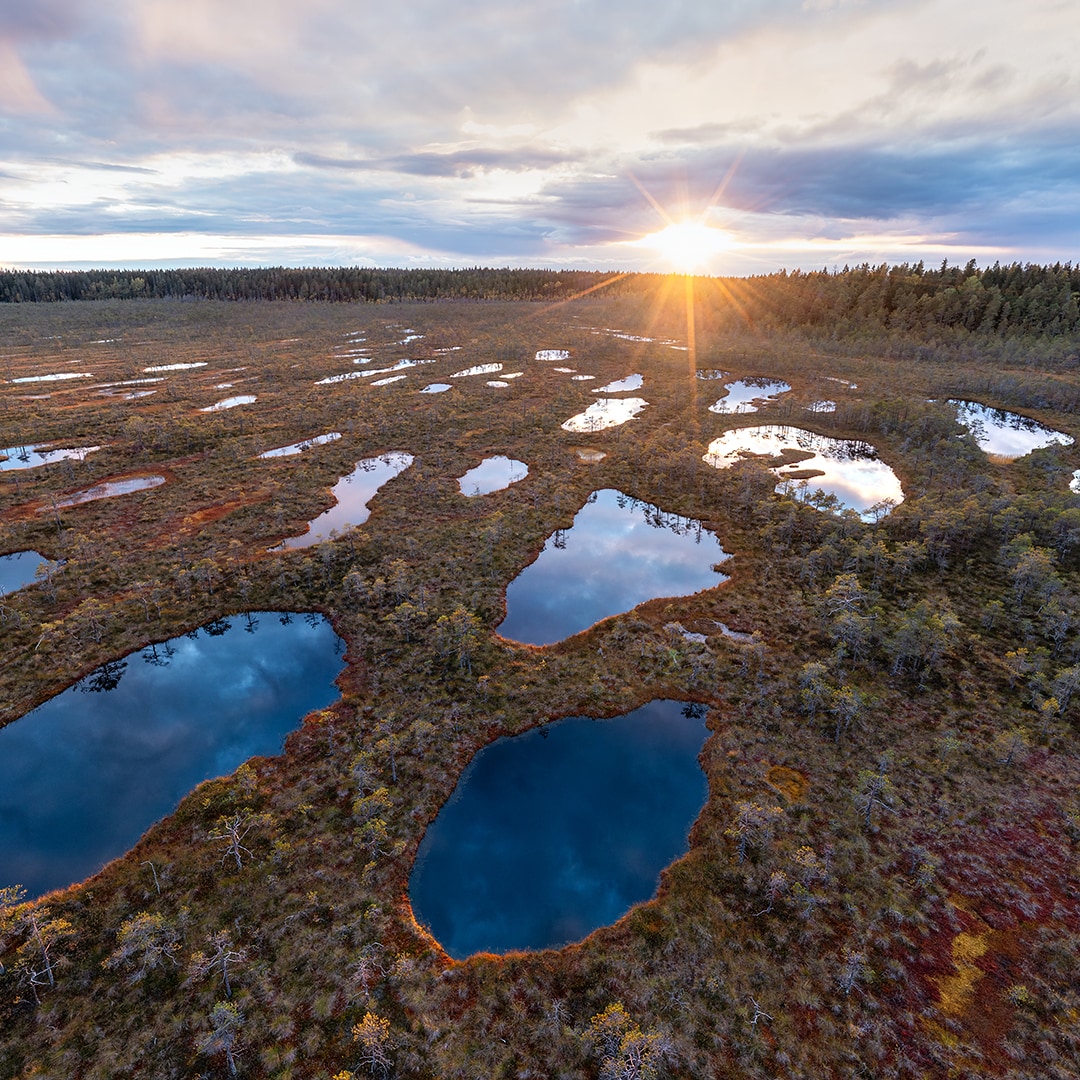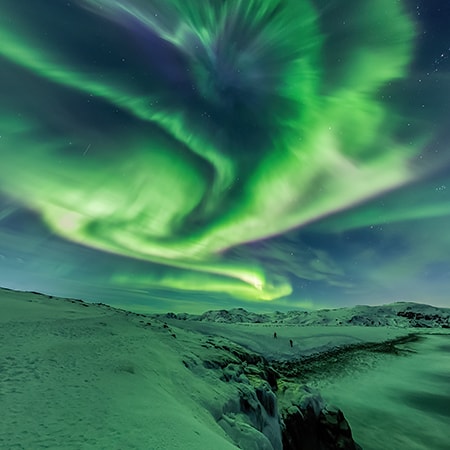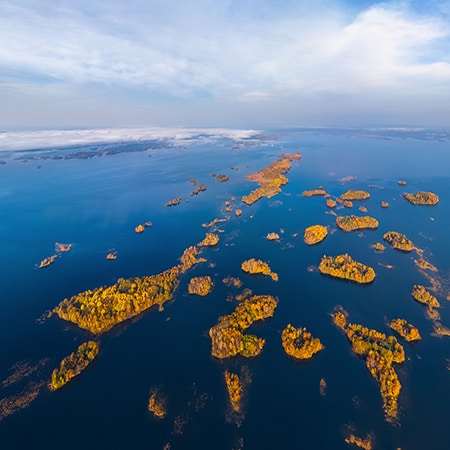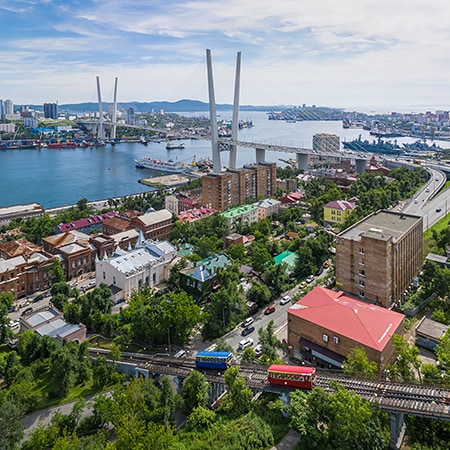Altai Mountains, Russia
Chuya steppe
Altai is a truly magical place in Russia. Its nature has almost stayed untouched by the impact of the human and is absolutely amazing with its diversity and clear colours. Chuya and Kuray steppes are among the most interesting places of Altai. Being located between two majestic mountain ranges, they are divided by the Chuya River and its tributaries. The famous Chuya Highway (Chuysky Trakt) has a length of 968 kilometres and crosses both steppes.
These vast territories found themselves at the altitude of 1,600~1,900 meters, so the climate is sharply continental. The average winter temperature is around -30℃, but the -60℃ temperature records were also registered. Only around 65 days without frosts can occur here so the layer of the permafrost can reach 90 cm.

Both intermountain basins have archaeological monuments of the Stone and Iron Ages and the Turkic period in abundance: burial mounds, petroglyphs and the remnants of the ancient irrigation systems. But even having certain similarities, these two neighbouring steppes vary significantly: the Chuya steppe is covered with semi-desert vegetation, while the Kuray steppe located on the right bank of the river is closer to a desert by its nature. Some places represent an absolutely flat plain, but it gradually rises and turns into the mountains that encircle the basin.
The Kuray steppe is a home for foxes, hares and only a few species of birds, while the neighbouring Chuya steppe is the habitat for Pallas's cats, jerboas, badgers, lynxes and wolverines. Among rare species of birds, there are black vultures and saker falcons.
In the intermountain basin between the North-Chuya mountain range and the Chuya river, there is an exceptionally picturesque area named Yoshtykel with two lakes of the glacier origin. One of these lakes, the Kara-Kol, is famous for its sunsets. In addition, this area is a rare steppe place with the brown bear inhabiting it.

The Kara-Kol laying in the north-western part of the area is so much hidden from the eyes that the discoverers of the neighbouring lake, the Djangyskol (located in the north-east part), have named it "Lonely lake" (Eshtu-Kol, and Dhangys-Kol in the Altai language). The Djangyskol is shaped in the form of a rectangular trapeze with its acute angle pointing to the south. It is 700 meters long, 500 wide and up to 2,5 meters deep.
The southern side of the lake is surrounded by the highlands of the North-Chuya rang, including the famous "four-thousander" Aktru (also spelt as "Akturu" meaning the "white house" in the Altai language). The neighbouring mountains, Karatash and Kupol Trekh Ozer ("The dome of three lakes") initiate the valley covered with the Maliy Aktru glacier stretching for 3 kilometres. Its upper part lies at the altitude of 3,200 meters and is rather flat. Then the glacier curves at an acute angle and becomes flat again only in the area of the ice tongue (a narrow part located under the equilibrium line of the glacier).

At the foot of Kupol Trekh Ozer mountain, there is the Aktru river flowing between the surrounding snowy mountains. In comparison to many other Altai places, this area is easily accessible and it makes this valley a rather popular tourist destination. Skies appreciate the opportunity to ski in both winter and summer. A meteorological station also functions here, the scientists of the Tomsk State University conduct studies, while the rescue team has arranged a base here.
Another natural landmark of the Chuya river valley is the Geyzernoye lake. It is not so big: only 30 meters in diameter and 2 meters deep. The area of the surface is 500 sq meters.
It is the only non-freezing lake in the whole Altai region: the reason for that is 6 springs functioning under the water and not allowing it to freeze. It also raises the mixture of sand and blue clay creating colourful patterns on the surface. But the water itself is very clean and turquoise-coloured.
Have a virtual trip to this remote and fascinating area!

Saylyugemsky National Park
You can see all wild nature of the Gorny Altai in one place. Mountains and rivers, creeks and prairies, ice caps and valleys are in the Saylyugemsky National Park, which is located on the border with Mongolia. The national park was created in 2010 to preserve the biggest group of snow leopards in the Altai-Sayano region and the trans-border group of the argali mountain ram (muflon). Here you can find manuls and irbis, Alpine ibex and argali, and the growing edelweiss on the high-mountain meadows.

Accessible routes and objects
When visiting the National Park, you get a unique ability to observe wild animals in their natural life environment. The tourists can choose several types of tours that last up to ten days.
These tours take place at 2500-3000 meters above sea level. You can walk, ride a horse or take a car. Depending on the weather conditions, ATV buggies and snowmobiles can be used. You can even visit the top of the Saylyugem ridge that is 3444 meters high. There you will see panoramas of colorful mountains, high-altitude prairies, tundra, cliffs, different figures in stone made by the wind, creeks and river valleys.
In order to watch the animals, visitors use optical tubes with x80 zooming capabilities. Photographers can take unique photos of wild animals from very short distances. During the tour you can see a family of ibex, a very rare manula cat, wolf, corsac fox, tolai hare, groundhog, mouse hare, golden eagle, black vulture, bearded vulture, prairie eagle, saker falcon, Altai snowcock, and if you are very lucky - a snow leopard.
The route encounters season settlements of locals, Altaian and Kazaks, where you can get acquainted with their way of life, national cuisine and the traditional management of natural resources of nomads, which have been herding sheep, horses and yaks on these lands for several hundreds of years.

Particularities
The National Park provides accommodations and transport, rental of tourist equipment. A proper hotel can be found in the Visit-center of the Park in the Kosh-Agach village (Saylyugem street 1). In order to visit the grounds, you will need a permit of the administration and an allowance from the FSB (Federal Security Service) for visiting the Clusters. All this can be given in the Visit-center.
The winter in Kosh-Agach is very cold: up to -50°С, and it is almost snowless. In spring it is cold and often windy. That is why you should bring warm clothes: these are the highlands, after all, where summer can be very cool. Comfortable waterproof hiking shoes will make your mountain trips easy.
Colorful Mountains of Kyzyl-Chin (Mars)
Closer to the Mongolian border the Altai landscape surprises, so that one of the valleys got the unofficial name "Mars". Some absolutely unearthly Martian landscapes had found themselves close to the Chuya Highway (Chuysky Trakt), just between the Chuya and Kuray steppes. The Kyzyl-Chin river with its length of around 20 kilometres flows here, and its valley has the flat colourful mountains laying in layers.

The name "Kyzyl-Chin" is Turkic for the "red gorge". The reddish-brown and green-gold layers formed 300 million years ago through the process of iron oxidation, while the great colourful pallet is explained by the presence of manganese, chromium and other additions. The colourful mountains of Kyzyl-Chin is a valuable trove for a geologist: rutile, quartz, pyrite, marcasite, siderite, chalcedony and other minerals and polymetallic ores can be found here. And all of them have their unique shades of colour.
The colourful stripes are arranged almost horizontally. Each layer had formed in its own period of time as a reaction to current climate conditions. The impact of wind and water can be clearly seen on these colourful mountains: the eroded slopes represent almost vertical walls and columns, while the meltwater made its way through them and created different furrows, ravines and other peculiar landforms.

The valley is nominally divided into two zones located at some distance from each other: Mars 1 and Mars 2. The first one is accessible by a car, but to get the second one you have to walk. But AirPano video gives you the opportunity to visit this and other wonderful places of Altai without leaving your home!
AirPano team would like to express gratitude to the Saylyugemsky National Park and personally Valentina Semenchenko for help with organisation of shooting the Altai Mountains.
Video by Stanislav Sedov, Photos by Stanislav Sedov and Sergey Semenov
22 May 2019
Read more
 Mars-1
Mars-1
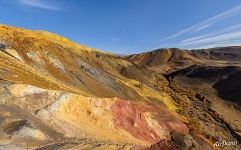 Mars-2
Mars-2
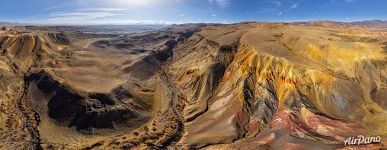 Mars-2 from above
Mars-2 from above
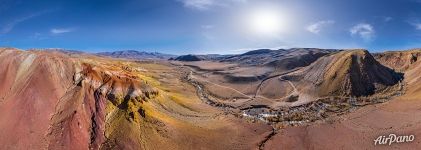 Panorama of Mars-1
Panorama of Mars-1
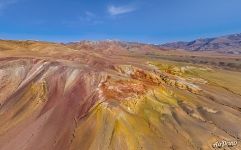 Mars-1
Mars-1
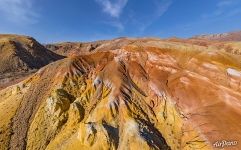 Colorful Mountains Mars-1
Colorful Mountains Mars-1
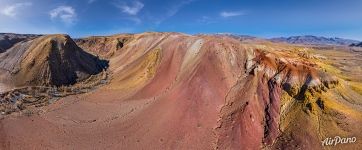 Mars-1
Mars-1
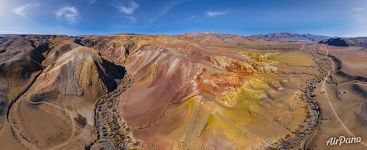 Mars-1
Mars-1
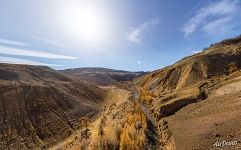 Landscape of Mars-2
Landscape of Mars-2
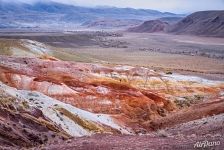 Colorful Mountains of Kyzyl-Chin
Colorful Mountains of Kyzyl-Chin
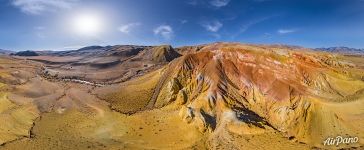 Colorful Mountains Mars-1
Colorful Mountains Mars-1
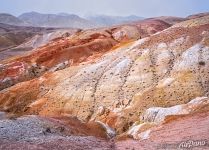 Colorful Mountains of Kyzyl-Chin
Colorful Mountains of Kyzyl-Chin
Virtual Travels in 360°
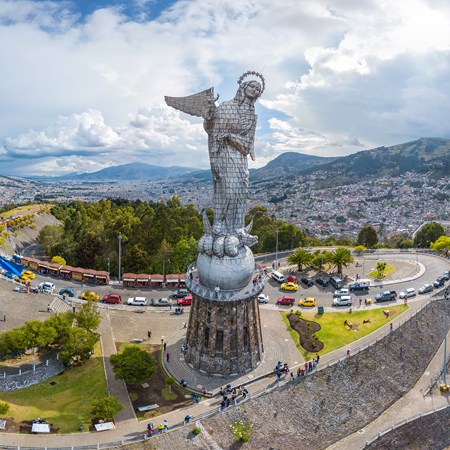 Quito, Ecuador
Quito, Ecuador
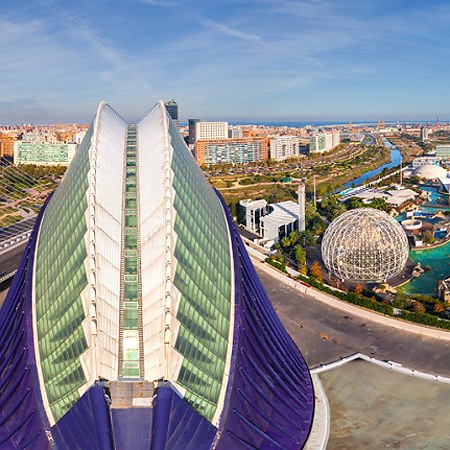 Valencia, Spain
Valencia, Spain
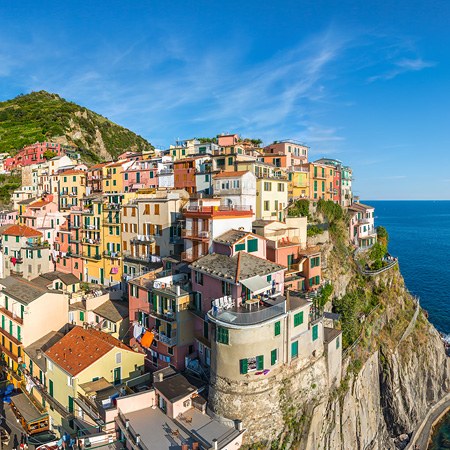 Manarola, Cinque Terre, Italy
Manarola, Cinque Terre, Italy
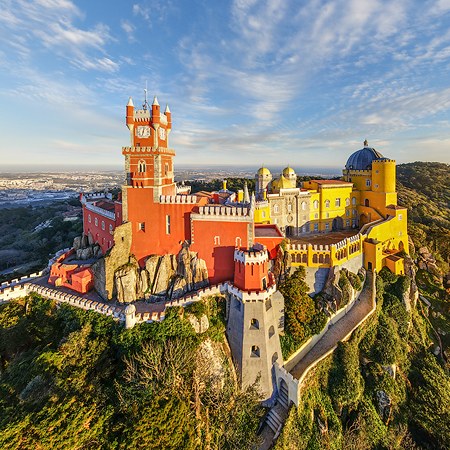 Pena National Palace, Sintra, Portugal
Pena National Palace, Sintra, Portugal
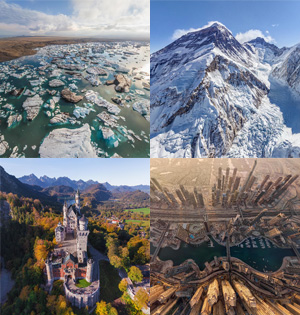 The best panoramas by AirPano. Part 1
The best panoramas by AirPano. Part 1
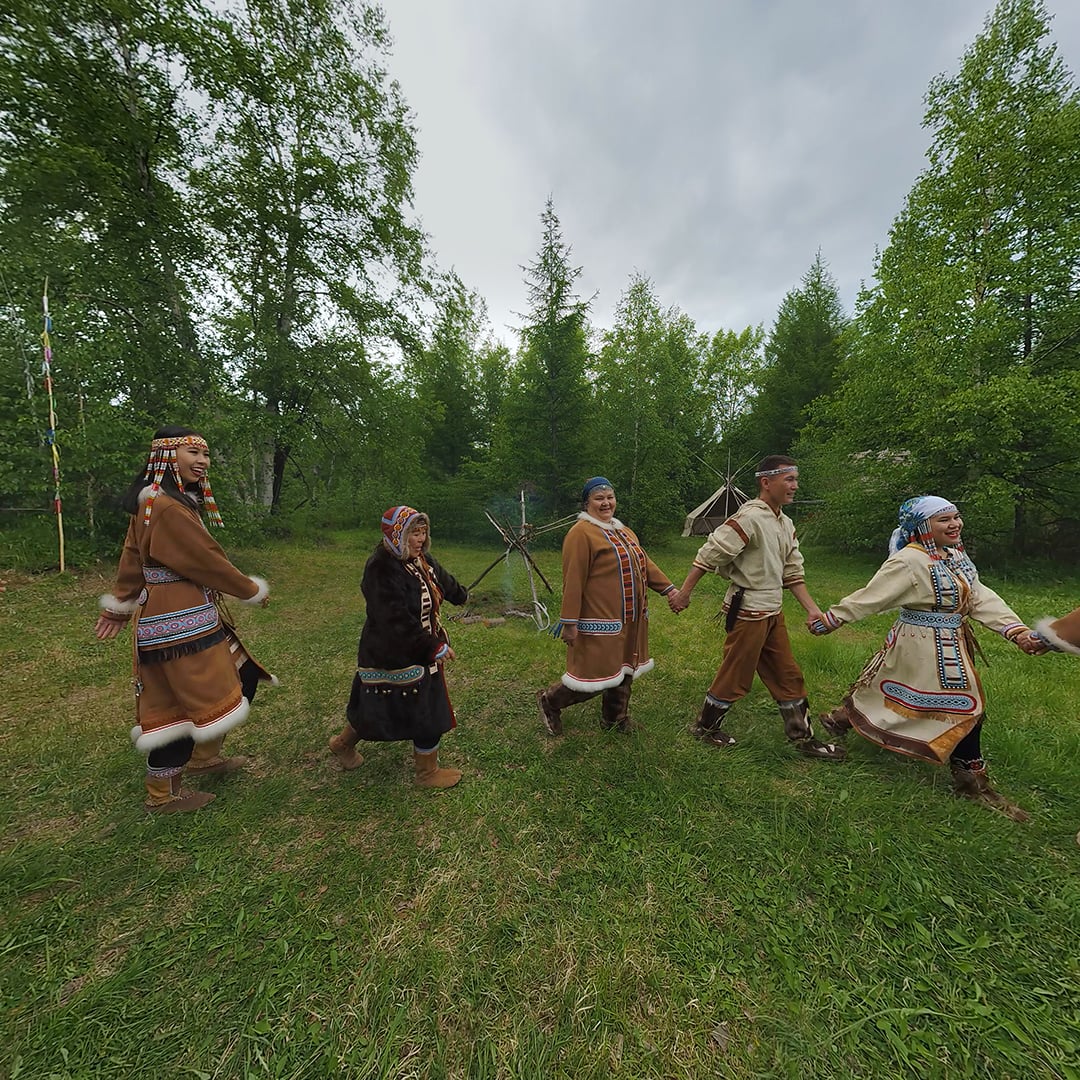 Evens & Koryaks. Nomads of Kamchatka
Evens & Koryaks. Nomads of Kamchatka
 Caribbean Paradise. Tropical Beach Relaxation
Caribbean Paradise. Tropical Beach Relaxation
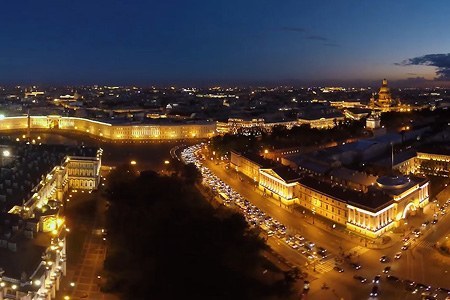 Saint Petersburg at night, Russia
Saint Petersburg at night, Russia
 Mont Blanc, Italy-France. Part II
Mont Blanc, Italy-France. Part II
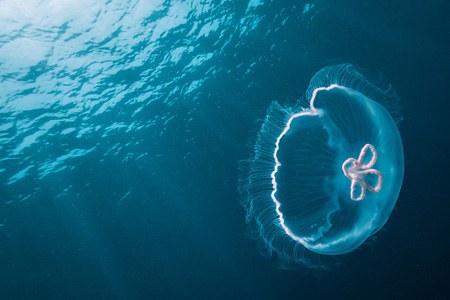 Diving with jellyfish
Diving with jellyfish
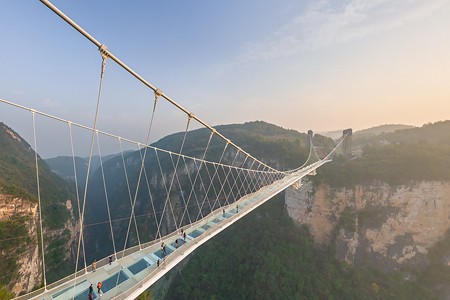 Zhangjiajie Glass Bridge, China
Zhangjiajie Glass Bridge, China
Show more




